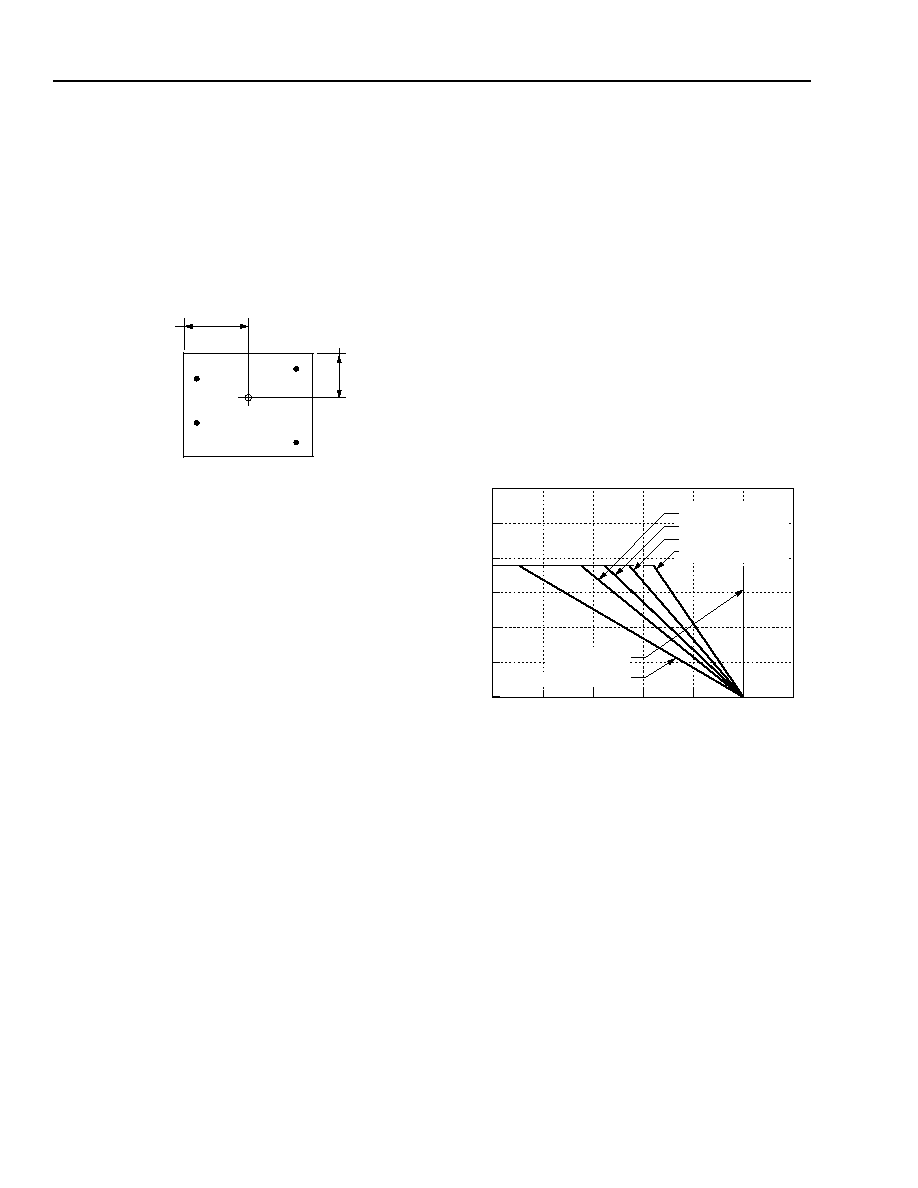采購(gòu)需求
(若只采購(gòu)一條型號(hào),填寫一行即可)| *型號(hào) | *數(shù)量 | 廠商 | 批號(hào) | 封裝 |
|---|---|---|---|---|
|
|
添加更多采購(gòu)
| 型號(hào): | LC005B |
| 廠商: | LINEAGE POWER LLC |
| 元件分類: | 電源模塊 |
| 英文描述: | DC-DC REG PWR SUPPLY MODULE |
| 封裝: | MODULE-5 |
| 文件頁(yè)數(shù): | 4/18頁(yè) |
| 文件大小: | 462K |
| 代理商: | LC005B |

相關(guān)PDF資料 |
PDF描述 |
|---|---|
| LC005F | DC-DC REG PWR SUPPLY MODULE |
| LW010F | 1-OUTPUT 8 W DC-DC REG PWR SUPPLY MODULE |
| LC010CL | 2-OUTPUT 15 W DC-DC REG PWR SUPPLY MODULE |
| LC015B | 1-OUTPUT 15 W DC-DC REG PWR SUPPLY MODULE |
| LW010A | 1-OUTPUT 10 W DC-DC REG PWR SUPPLY MODULE |
相關(guān)代理商/技術(shù)參數(shù) |
參數(shù)描述 |
|---|---|
| LC010 | 制造商:MA-COM 制造商全稱:M/A-COM Technology Solutions, Inc. 功能描述:Power Modules: 18 Vdc to 36 Vdc or 36 Vdc to 75 Vdc Inputs, 10 W and 15 W |
| LC010A | 功能描述:DC/DC轉(zhuǎn)換器 5V 2A 10W 6-Pin RoHS:否 制造商:Murata 產(chǎn)品: 輸出功率: 輸入電壓范圍:3.6 V to 5.5 V 輸入電壓(標(biāo)稱): 輸出端數(shù)量:1 輸出電壓(通道 1):3.3 V 輸出電流(通道 1):600 mA 輸出電壓(通道 2): 輸出電流(通道 2): 安裝風(fēng)格:SMD/SMT 封裝 / 箱體尺寸: |
| LC010A2 | 功能描述:DC/DC轉(zhuǎn)換器 STEP DWN 24Vin 2-PIN RoHS:否 制造商:Murata 產(chǎn)品: 輸出功率: 輸入電壓范圍:3.6 V to 5.5 V 輸入電壓(標(biāo)稱): 輸出端數(shù)量:1 輸出電壓(通道 1):3.3 V 輸出電流(通道 1):600 mA 輸出電壓(通道 2): 輸出電流(通道 2): 安裝風(fēng)格:SMD/SMT 封裝 / 箱體尺寸: |
| LC010AJ | 制造商:MA-COM 制造商全稱:M/A-COM Technology Solutions, Inc. 功能描述:Power Modules: 18 Vdc to 36 Vdc or 36 Vdc to 75 Vdc Inputs, 10 W and 15 W |
| *型號(hào) | *數(shù)量 | 廠商 | 批號(hào) | 封裝 |
|---|---|---|---|---|
|
|